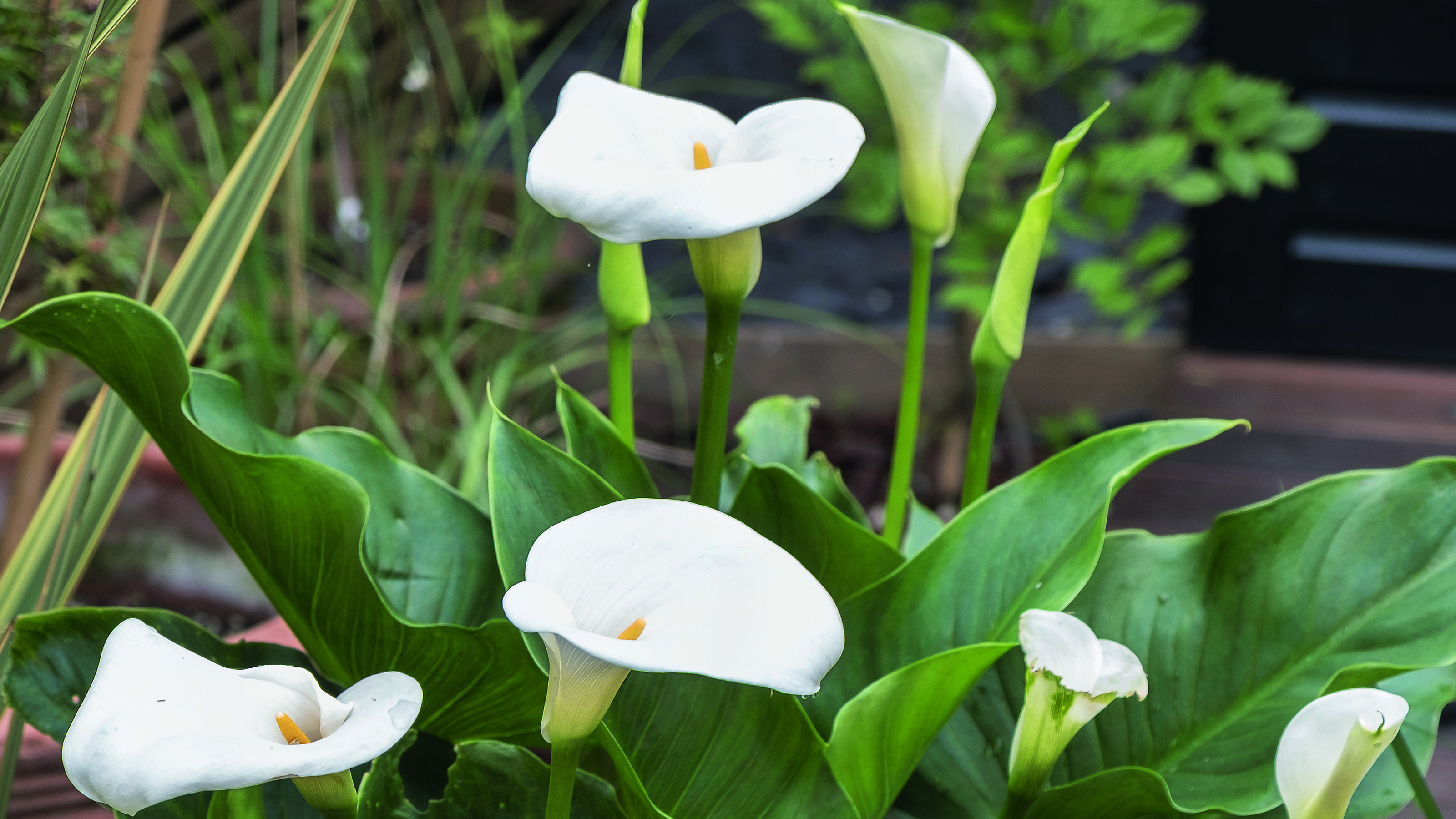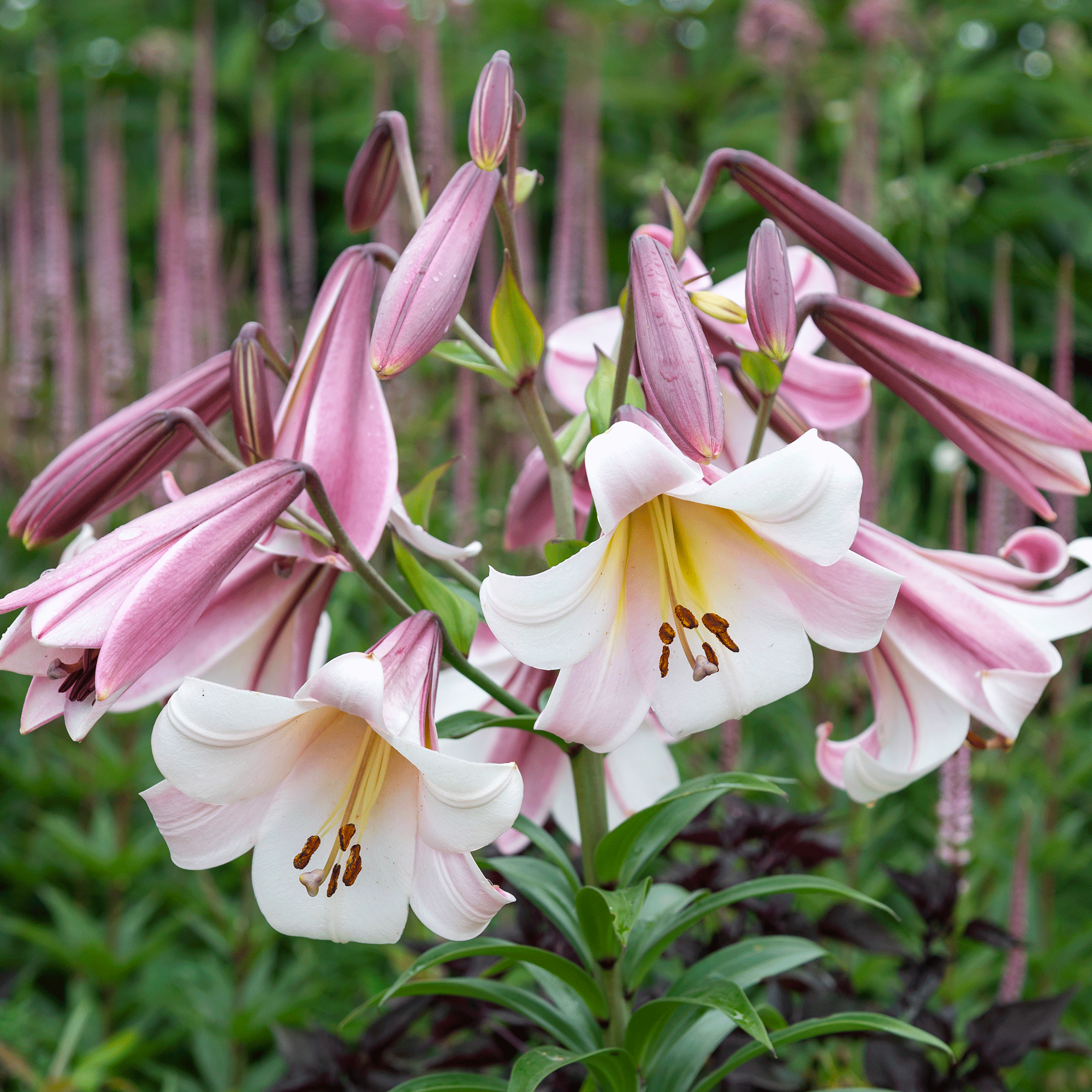What to do with lilies after flowering – from deadheading to pruning
Yes, you do need to prune a lily – but it’s not as simple as you might think


EDITOR’S NOTE: An earlier version of this article included a quote from a purported expert whose credentials we have not been able to verify. The quote has been removed. We regret this lapse in our verification process and have updated our internal protocols to reduce the risk of recurrence.
Knowing what to do with lilies after flowering could make or break your plant, which is why we’re happy you’re here! No matter whether you’re a green-fingered expert or a novice with a new garden, knowing how to properly tend to your plants is incredibly important.
That’s especially true when it comes to lilies. These delicate plants offer gorgeous blooms that can fill your garden with a delicious fragrance, and these sun worshippers thrive in south-facing gardens. But while they can offer so much to your outdoor space, they also ask a lot in return.
If you want to see these lilies come back year after year, taking proper care of them is essential. A big part of healthy and happy lilies is knowing what to do with them when they flower. So, we asked the experts to give us a low-down on the best way to tend to your lilies after flowering.

What to do with lilies after flowering
Just as you’d prune a hydrangea or cut back your lavender, you also need to prune your lilies after flowering. However, this isn’t as simple as you might think. There are a few steps to successfully taking care of a lily after flowering, and we’ve got them below.
What you’ll need
- Gardening gloves - like these Tough Grip Gardening Gloves From The Range
- Gardening apron - like this Kew Floral Apron from Argos
- Pruning shears - like these Gardena Bypass Secateurs from Very
- Cleaning alcohol - like this BritishBasics All Purpose Rubbing Alcohol from Amazon
Step-by-step
1. Protect yourself and your clothes

Although lilies are incredibly beautiful and unique flowers, their stamens can be a nuisance. These stamens are covered in pollen - and if you’re not careful, they will stain everything they come into contact with.
That’s why it’s always a good idea to protect yourself and your clothing before you start pruning lilies. Ideally, wear a gardening apron or old clothes, and then wear gardening gloves to ensure that you don’t stain your hands in the process.
2. Deadhead spent flowers
Different varieties of lilies bloom at different times of the year, but they all still have one thing in common: they will only flower once a year. And if you have lilies in your garden, it’s best to keep an eye on them during this blooming period.
Sign up to our newsletter for style inspiration, real homes, project and garden advice and shopping know-how
That’s because you need to start deadheading lily flowers as soon as they have started to fade. Most of the time, you can simply pinch off the spent flower, but in some cases, you might have to use sterilised pruning shears.
‘Once lilies have flowered, it's important to deadhead them, making sure only to cut off the flower heads,’ explains Steve Chilton, garden expert at LeisureBench. ‘I recommend doing this as soon as you notice that the lilies have finished flowering. This is so that there's enough rest time between the end of the flowering season and the first frost.’
Lily flowers also produce seeds, and deadheading these spent flowers will stop the plant from using energy to produce these seeds. By stopping this energy in its tracks, the plant can focus its energy on growing new flowers next year.
You need to take precautions when you do this, though, and make sure not to cut the plant's foliage as that's where they produce energy for next year's growth.

3. Prune the brown leaves
When you’ve finished deadheading your spent lily flowers, you can then turn your attention to the rest of the plant. However, pruning a lily after flowering isn’t as easy as it sounds.
For starters, you need to choose the right time - and this normally means that you have to wait a little while between deadheading and pruning.
‘Once you've deadheaded your flowers, you should cut back the stem too, but only once they've turned yellow/brown and are clearly hollow and dead. If you cut into the stem immediately, you risk causing damage to the plant and how it will flower next year,’ says Steve.
Whatever you do, you should never prune a lily when the leaves are still green. During this time, your lily is trying to save energy in preparation for its next growing period, and cutting too early could kill or seriously damage the plant as a whole.
You shouldn’t have to wait too long, though. The leaves of most lilies will start to turn brown at the end of autumn, and when this happens, you can cut down any yellow/brown stems so they’re around 2 inches tall. If only the tip of a leaf has turned brown, you can simply cut off this brown section rather than the whole leaf.
Make sure you prepare your pruning shears before you do this, though, by using sharp and disinfected tools.
Lilies are delicate and vulnerable to diseases, so just give your shears a wipe with cleaning alcohol before you get started.
4. Wait for next year
When you’ve successfully deadheaded and pruned your lily, you don’t need to do anything else. You can simply wait for next year and let the bulbs do their own thing - even if they’re in a planter.
‘As lily bulbs are quite hardy and can withstand colder temperatures, you can leave them in the planter over autumn and winter, and you don't need to move them. Just make sure that they don't get waterlogged at all,’ says Steve.
However, you can protect your lilies from frost by adding a layer of mulch around the plant if the lily is planted in a particularly exposed area of your garden.

FAQs
What to do with lilies after flowers fall off?
When the flowers of a lily fall off, it’s a sign that things are changing. And while it can be easy to step in and cut a lily back right there and then, you need to be patient. In fact, you need to let the lily make the next move.
Although lilies do need to be pruned after deadheading, you must only prune a lily when the stems and the leaves have started to go yellow/brown. If you prune a lily before this, you could kill it.
So, keep an eye on the lily after the flowers have fallen off. And when it starts to turn brown, you can then step in with your shears.
When should I cut my lilies down?
Although the exact time frame will vary depending on the variety of lilies you have in your garden, you should expect to start cutting your lilies down in late autumn.
It’s important that you work to the lily’s timeline rather than your own, though. You must never cut back a lily that still has green leaves, but wait until the leaves and the stems have started to turn brown.

Lauren Bradbury has been the Content Editor for the House Manual section since January 2025 but worked with the team as a freelancer for a year and a half before that. She graduated with a Bachelor’s degree in English and Creative Writing from the University of Chichester in 2016. Then, she dipped her toe into the world of content writing, primarily focusing on home content. After years of agency work, she decided to take the plunge and become a full-time freelancer for online publications, including Real Homes and Ideal Home, before taking on this permanent role. Now, she spends her days searching for the best decluttering and cleaning hacks and creating handy how-to guides for homeowners and renters alike, as well as testing vacuums as part of her role as the Ideal Home Certified Expert in Training on Vacuums, having spent over 110 hours testing different vacuum models to date!